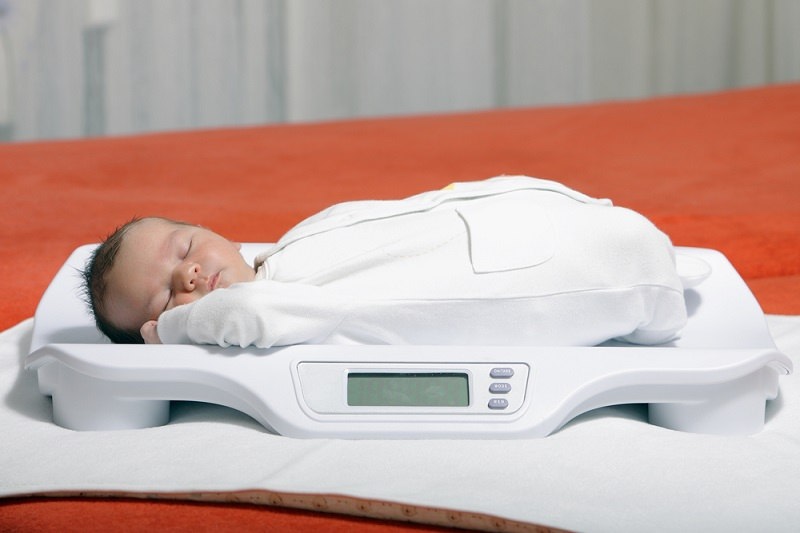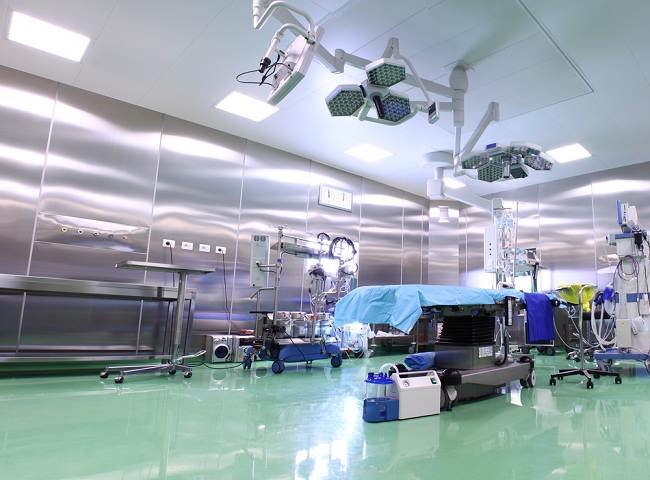Many pregnant women choose a cesarean section in order not to feel the pain of childbirth or to choose a "beautiful date". But before pregnant women decide to give birth by caesarean section,come on,know before anything riskhis.
Every operation has risks, including caesarean section. The choice of giving birth with this method will generally be recommended if there are certain conditions that can threaten the pregnant woman and the fetus.

The Risks Behind Mother who gave birth to Caesar
Giving birth by caesarean section will indeed make pregnant women free from the pain experienced during childbirth. However, this procedure is also not without risks. The following are some of the risks or complications of cesarean delivery:
1. Infection
One of the risks of cesarean delivery is infection in the surgical wound. Conditions that can increase the risk of infection are poor hygiene in the wound area, or improper care of surgical wounds.
Generally an infection in the surgical incision caesar appears in the first few weeks after surgery. An infected incision will be painful, swollen, red, and ooze pus.
In addition to the area around the surgical incision, infection can also occur in the tissue or lining of the uterus (womb lining). This condition is characterized by abdominal pain, fever, abnormal vaginal discharge, or even heavy bleeding from the vagina.
2. Bleeding
The risk that can occur when the next caesarean delivery is bleeding. Risk for losing a lot of blood during surgery caesar tend to be larger than during normal delivery.
Although rare, surgery caesar can cause large amounts of blood loss that may require blood transfusions.
3. The occurrence of clotsblood
Giving birth by cesarean also increases the risk of blood clots (thrombosis). Blood clots that block the veins in the legs will cause deep vein thrombosis. This condition is characterized by pain in the legs, redness of the skin on the feet, and warm feet.
Besides being able to clog the blood vessels in the legs, blood clots can also be carried to the lungs and endanger the mother's condition.
4. Anesthesia reaction
When giving birth by cesarean, the mother will undergo an anesthetic process with an anesthetic. Although rare, side effects of the anesthetic, such as dizziness and long-lasting numbness, can occur. However, this condition usually goes away on its own a few days after delivery.
5. Injury during surgery
Injuries during surgery, such as accidentally cut the bladder, can occur. The risk of this injury will be even greater if you have had several caesarean sections previously.
Risk on Babyconsequence Caesarean Delivery
In addition to the mother, giving birth by caesarean section can also pose risks to the baby. Some of the risks that can occur are:
Respiratory disorders
Babies born by caesarean section are more likely to experience breathing problems. Usually this complication occurs if the baby is born before 39 weeks, when the lungs are not fully developed.
If it is not accompanied by other disorders, pregnant women need not worry, because the condition will usually improve on its own.
Scratched skin
During a cesarean section, the baby's skin may be accidentally scratched. However, these scratches are usually mild and heal without leaving a scar.
Giving birth by cesarean or normal both have benefits and risks. In some conditions, such as multiple fetuses, fetal heads that are too large, abnormal fetal position, umbilical cord wrapped around the fetus, placenta that is blocking the birth canal, and pregnant women with certain health conditions, the choice of cesarean delivery may be safer.
Before deciding on a delivery method, pregnant women need to know the risks of each procedure, including the risk of giving birth by caesarean section. Do regular pregnancy check-ups to monitor the condition of pregnant women and their little ones. That way, the doctor can also suggest what method of delivery is best.









